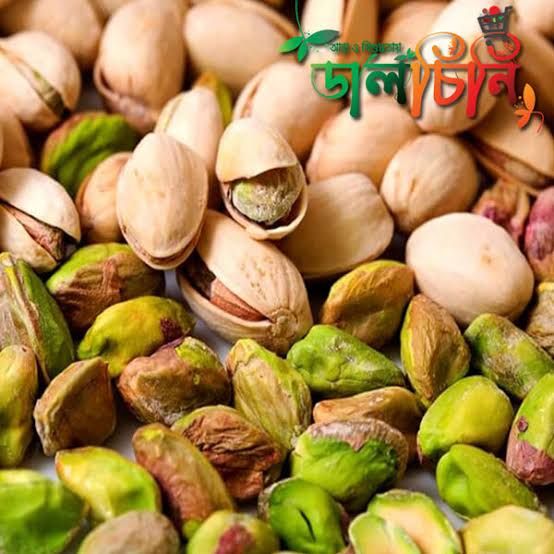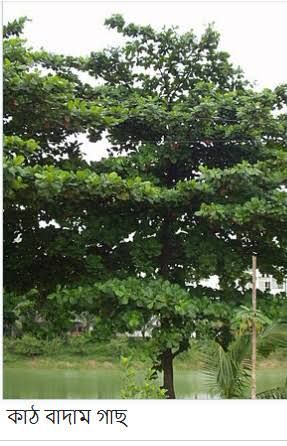
Bismillaher Rahmanir Rahim.
Assalamu Alaikum Wa Rahmatullahi Wa Barakatuhu
Dear Companions Today I want to share with you some words about the evils of killing foetuses.Welcom to this post and congratulations to all.

source
Almonds are among the world's most popular and versatile nuts, known for their excellent taste, rich nutritional profile, and wide range of culinary and health applications. They are not only enjoyed as a snack but also used extensively in baking, cooking, and the preparation of health foods. Almonds are cultivated primarily in regions with a Mediterranean climate, such as California in the United States, Spain, Italy, and parts of the Middle East. This article provides a detailed overview of the cultivation of almonds, their nutritive value, and various ways to consume them.
Method of Almond Cultivation
The cultivation of almonds involves a series of carefully managed steps to ensure a healthy crop yield. Here is a step-by-step guide to almond cultivation:
- Climate and Soil Requirements
Climate: Almonds thrive best in areas with a Mediterranean climate—warm, dry summers and mild, wet winters. They require a long, frost-free period, as they are highly susceptible to late spring frosts.
Soil: Almond trees prefer well-drained, loamy soils with a pH range of 6.0 to 8.5. They can also grow in sandy or clayey soils if proper drainage is provided. Soil fertility is crucial for better yields, so nutrient-rich soil is ideal.
- Propagation
Almonds are generally propagated through budding or grafting techniques. The rootstock used should be resistant to soil-borne diseases and adaptable to the local climate.
Grafted plants are preferred for almond cultivation as they ensure higher productivity and uniform growth. - Planting
Planting Season: The best time to plant almond trees is during the dormant period, usually in late autumn or early spring.
Spacing: Planting distance depends on the variety and the growth pattern of the trees. Generally, a spacing of 20-25 feet between rows and 15-20 feet between plants is recommended.
Planting Technique: Dig a hole twice the size of the root ball and place the young tree, ensuring that the graft union is above the soil level. Backfill the hole and water thoroughly to settle the soil around the roots. - Irrigation
Almonds require regular watering, especially during the growing season. Drip irrigation is the most effective method as it ensures consistent moisture levels while reducing water wastage.
It is crucial to maintain proper moisture during the flowering, fruit setting, and nut development stages. Overwatering should be avoided as it can lead to root rot.
- Fertilization
Almond trees require balanced nutrients for optimal growth. Fertilizers high in nitrogen, potassium, and phosphorus are essential.
Fertilize almond trees during the early stages of growth and again in late winter. Organic compost or well-rotted manure can also be used to enrich the soil. - Pruning
Pruning is vital for shaping the tree, encouraging airflow, and removing dead or diseased branches. This helps in reducing the risk of pest infestations.
It is best to prune the trees during their dormant season to maintain their structure and promote better nut production. - Pest and Disease Control
Common pests affecting almond trees include aphids, mites, and borers. Regular monitoring and using organic or chemical pesticides can help in managing these issues.
Diseases like root rot, rust, and powdery mildew can affect almond trees. Proper drainage, spacing, and fungicide sprays can help prevent these diseases.
- Harvesting
Almonds are usually harvested in late summer or early autumn. The nut ripens and splits open when mature, making it easier to separate the hull from the shell.
Shaking the tree or using mechanical harvesters is a common practice to collect the almonds. After harvesting, the almonds are dried, shelled, and cleaned for storage or processing.
Nutritive Value of Almonds
Almonds are known for their impressive nutritional profile, making them one of the healthiest snacks available. They provide a significant amount of energy, essential nutrients, and beneficial compounds. Here's a breakdown of the key nutrients in almonds (per 100 grams):
Calories: Approximately 579 kcal
Protein: 21.15 grams
Total Fat: 49.93 grams
Saturated fat: 3.73 grams
Monounsaturated fat: 31.55 grams
Polyunsaturated fat: 12.33 grams
Carbohydrates: 21.55 grams
Dietary Fiber: 12.5 grams
Sugars: 4.35 grams
Vitamins:
Vitamin E: 25.63 mg (171% of the daily requirement)
Riboflavin (Vitamin B2): 1.014 mg (78% of the daily requirement)
Niacin (Vitamin B3): 3.618 mg
Minerals:
Calcium: 269 mg (26% of the daily requirement)
Magnesium: 270 mg (64% of the daily requirement)
Phosphorus: 481 mg
Potassium: 733 mg
Iron: 3.71 mg
Almonds are also a good source of antioxidants, particularly flavonoids and polyphenols, which help combat oxidative stress and reduce inflammation in the body.

source
Health Benefits of Almonds
Heart Health: The monounsaturated fats, magnesium, and antioxidants in almonds help lower LDL (bad) cholesterol levels and reduce the risk of heart disease.
Bone Health: Almonds are rich in calcium and magnesium, which are vital for maintaining strong bones and preventing osteoporosis.
Weight Management: The high fiber and protein content in almonds can promote a feeling of fullness, aiding in weight management and reducing overall calorie intake.
Skin and Hair Care: The vitamin E in almonds helps nourish the skin and hair, providing protection against damage and promoting a healthy glow.
Blood Sugar Control: Almonds have a low glycemic index, making them beneficial for regulating blood sugar levels, especially in individuals with type 2 diabetes.
Ways to Consume Almonds
Almonds can be enjoyed in a variety of ways, making them a versatile ingredient in many recipes. Here are some popular methods of consuming almonds:
Raw Almonds:
Eating raw almonds is the simplest way to enjoy their natural flavor and nutritional benefits. They make a great snack and can be eaten on their own or mixed with other nuts and dried fruits.
Soaked Almonds:
Soaking almonds overnight helps to break down the enzyme inhibitors, making them easier to digest and enhancing their nutrient absorption. It is recommended to soak them in water, peel off the skin, and consume them in the morning.
Almond Milk:
Almond milk is a popular plant-based milk alternative, suitable for lactose-intolerant individuals and vegans. It can be used in smoothies, coffee, and baking as a dairy-free substitute.
Almond Butter:
Almond butter is a creamy spread that can be used on toast, in sandwiches, or as a dip for fruits and vegetables. It is a healthier alternative to peanut butter, as it contains more vitamins and healthy fats.
Almond Flour:
Almond flour is made from finely ground almonds and is often used in gluten-free and low-carb baking. It adds a nutty flavor to baked goods and can be used in pancakes, muffins, and cakes.
Roasted Almonds:
Roasting almonds enhances their flavor, making them a delicious and crunchy snack. They can be lightly salted or spiced to taste and make a perfect addition to salads and trail mixes.
Almond Oil:
Almond oil is extracted from almonds and is used in cooking as well as for cosmetic purposes. It is a good oil for salad dressings, marinades, and sautéing vegetables.
source
Almonds are not only a delicious and versatile nut but also a powerhouse of nutrition. Cultivating almonds requires careful attention to climate, soil, irrigation, and pest management, but the rewards are well worth the effort. With their numerous health benefits, almonds are a valuable addition to any diet. Whether consumed raw, soaked, or in the form of almond milk, butter, or flour, they provide essential nutrients that support overall health and well-being. Incorporating almonds into your daily diet can contribute significantly to heart health, bone strength, weight management, and skin care, making them a true superfood.


